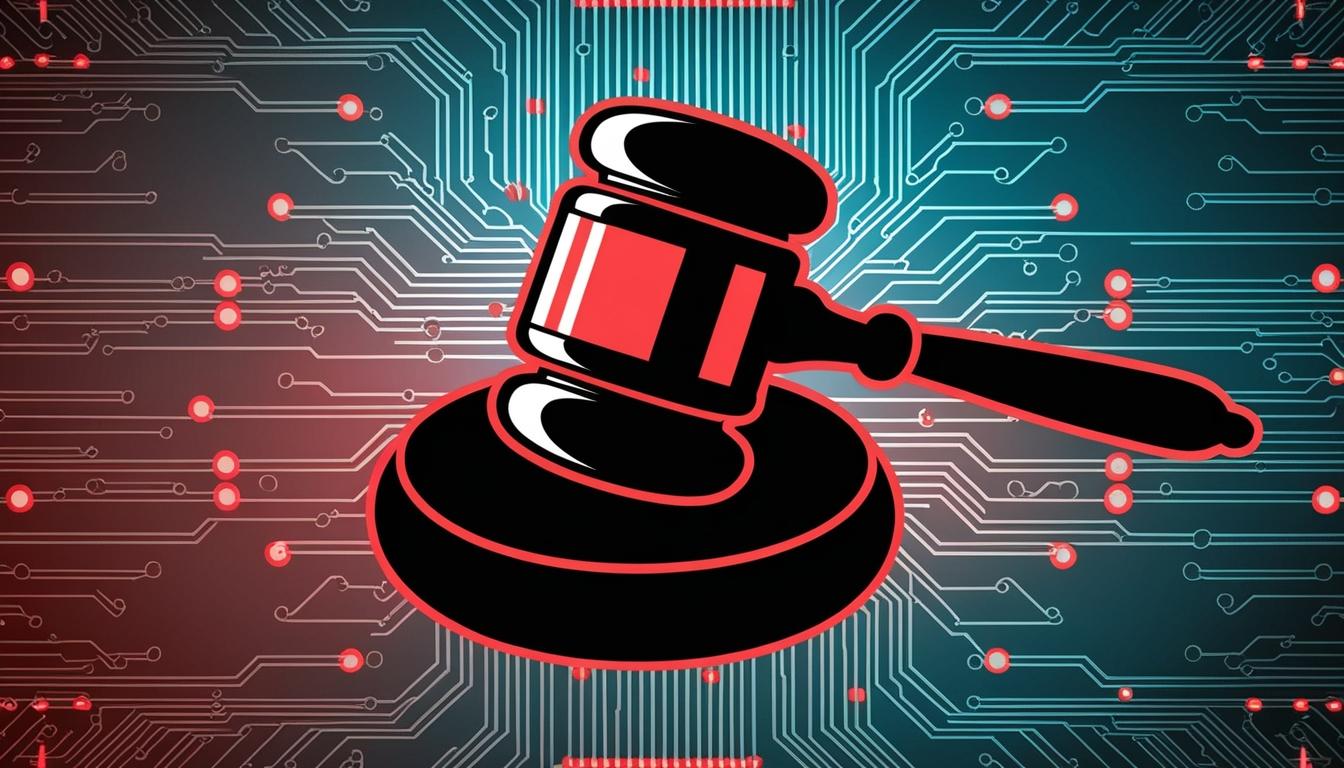As the year 2025 commences, businesses are increasingly focused on assessing and strategising their intellectual property (IP) management, particularly in light of trends observed in 2024. Notably, a strong emphasis was placed on artificial intelligence (AI), developments in pharmaceutical patent applications, and critical aspects of U.S. patent law, such as double patenting and patent term adjustment (PTA).
One significant discussion point among industry professionals was the concept of obviousness-type double patenting (ODP). An article outlined how the filing of a continuation application from a parent patent can implicitly suggest the applicability of ODP to the resulting continuation patent. This notion is pivotal for patent practitioners as they navigate the complexities of patent law and aim to uphold the integrity of their applications.
The U.S. Patent and Trademark Office (USPTO) made notable updates to its patent guidance in July 2024, particularly concerning AI and other software-related emerging technologies. The updates provided essential clarifications regarding what constitutes patentable subject matter under 35 U.S.C. § 101. These revisions are expected to influence how AI-driven innovations are approached in the patent application process, marking a significant moment for entities invested in AI development.
For companies looking to protect their patents effectively, adhering to practical guidelines for minimizing PTA penalties is becoming increasingly relevant. An informative article discussed strategies to mitigate penalties that accrue during U.S. patent prosecution resulting from Information Disclosure Statement (IDS) filings. Such guidelines aim to simplify the process and help businesses better manage their timelines and resources during the patent application phase.
Moreover, the legal landscape saw notable outcomes from the Federal Circuit's April 2024 ruling in the case of Salix Pharmaceuticals, Ltd. v. Norwich Pharmaceuticals Inc. The case highlighted issues related to obviousness in patent claims, specifically in connection with Rifaximin polymorph patents. The implications of this ruling are significant for practitioners navigating the intersection of patent eligibility and judicial scrutiny in pharmaceutical innovation.
Lastly, as the AI sector continues to expand, companies are advised to develop robust IP strategies tailored for the artificial intelligence domain. An article delineated best practices that would allow AI companies to safeguard their intangible assets effectively, potentially leading to increased company valuations and enhanced leverage in technology commercialisation. Such strategies are integral in a rapidly evolving market where technological advancements often outpace existing legal frameworks.
Overall, the landscape of intellectual property as it relates to emerging technologies, particularly focused on AI, is under constant transformation. As businesses forge ahead in 2025, understanding these issues will be crucial in aligning their innovations with the prevailing legal and market expectations.
Source: Noah Wire Services
